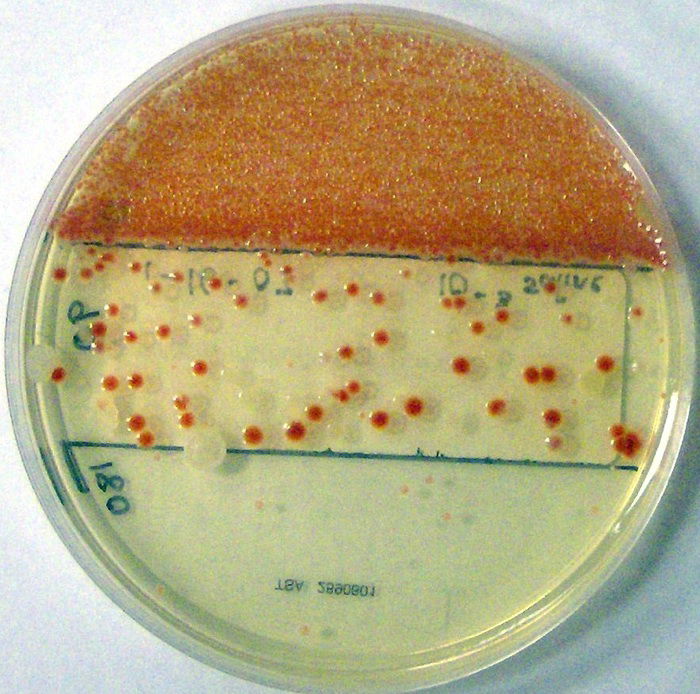Serratia marcescens
Bakterien er påvist i flere av landets. Bakteerit ovat 15 μm kokoisia sauvabakteereja jotka eivät tuota itiöitä.
Serratia marcescens on gramnegatiivinen bakteeri joka kuuluu Enterobacteriaceae heimoon.
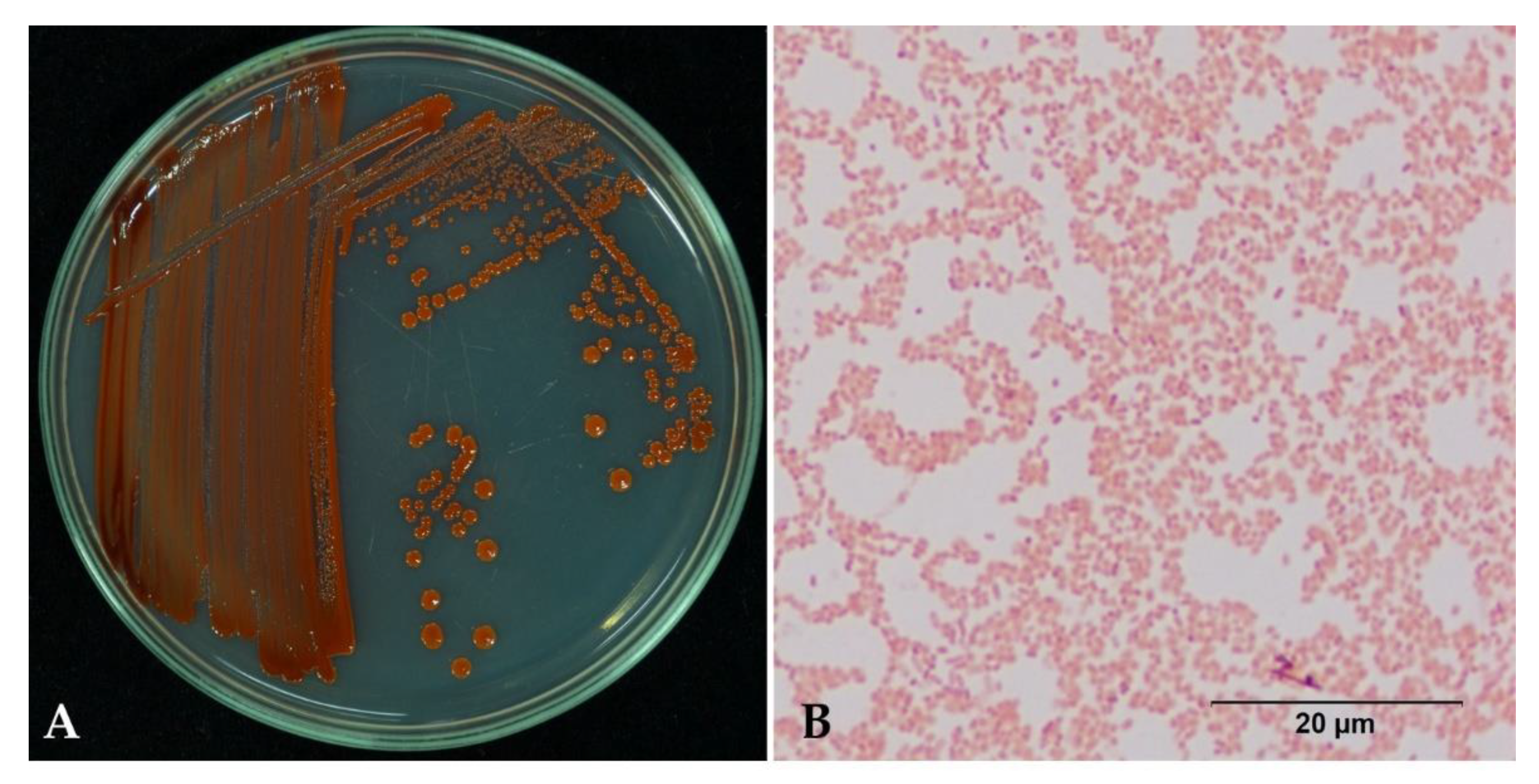
. Marcescens is a gram-negative bacillus that occurs naturally in soil and water and produces a red pigment at room temperature. It is associated with urinary and. Introduction of Serratia marcescens.
Serratia S marcescens is the type species of the genus Serratia and 17 species are currently recognized within this genus Kämpfer and Glaeser 2016. Serratia marcescens is a gram-negative bacillus that is an opportunistic agent in respiratory tract infections urinary tract infections and septicemia. It is rarely a cause of.
Serratia marcescens once considered a benign saprophyte is now recognized as a significant opportunistic pathogen. Over the last 30 years Serratia marcescens has become an important cause of nosocomial infection. Serratia marcescens is a facultative anaerobic Gram-negative rod-shaped bacterium associated with nosocomial infections particularly urinary tract and wound infections.
Serratia marcescens cytotoxin was purified to homogeneity by ion-exchange chromatography on a DEAE Sepharose Fast Flow column followed by gel filtration chromatography on a Sephadex. There have been many reports concerning the identification antibiotic. Many strains of S.
Clinical Manifestations of Serratia marcescens. Serratia in honor of Serafino Serrati who ran the first steamboat on the Arno River in 1795 anticipating the discovery of Robert Fulton in 1807. Folkehelseinstituttet FHI er varslet om et pågående utbrudd med bakterien Serratia marcescens skriver FHI i en pressemelding.
A cause de son. Once considered a harmless saprophyte Serratia marcescens is now recognized as an important opportunistic pathogen combining a propensity for healthcare. The word marcescens was chosen from.
Serratia est un genre de bactérie à coloration gram négatif appartenant à la famille des Yersiniaceae. This organism has the interesting property of displaying a different phenotype depending upon the temperature at which it is grown. Serratia is a member of the family Enterobacteriaceae and it is a Gram-negative facultatively anaerobic rod-shaped lacking spore.
Serratia marcescens is a facultative anaerobic Gram-negative rod-shaped bacterium associated with nosocomial infections particularly urinary tract and wound infections.
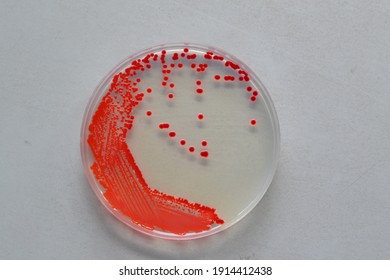
370 Serratia Marcescens Images Stock Photos Vectors Shutterstock
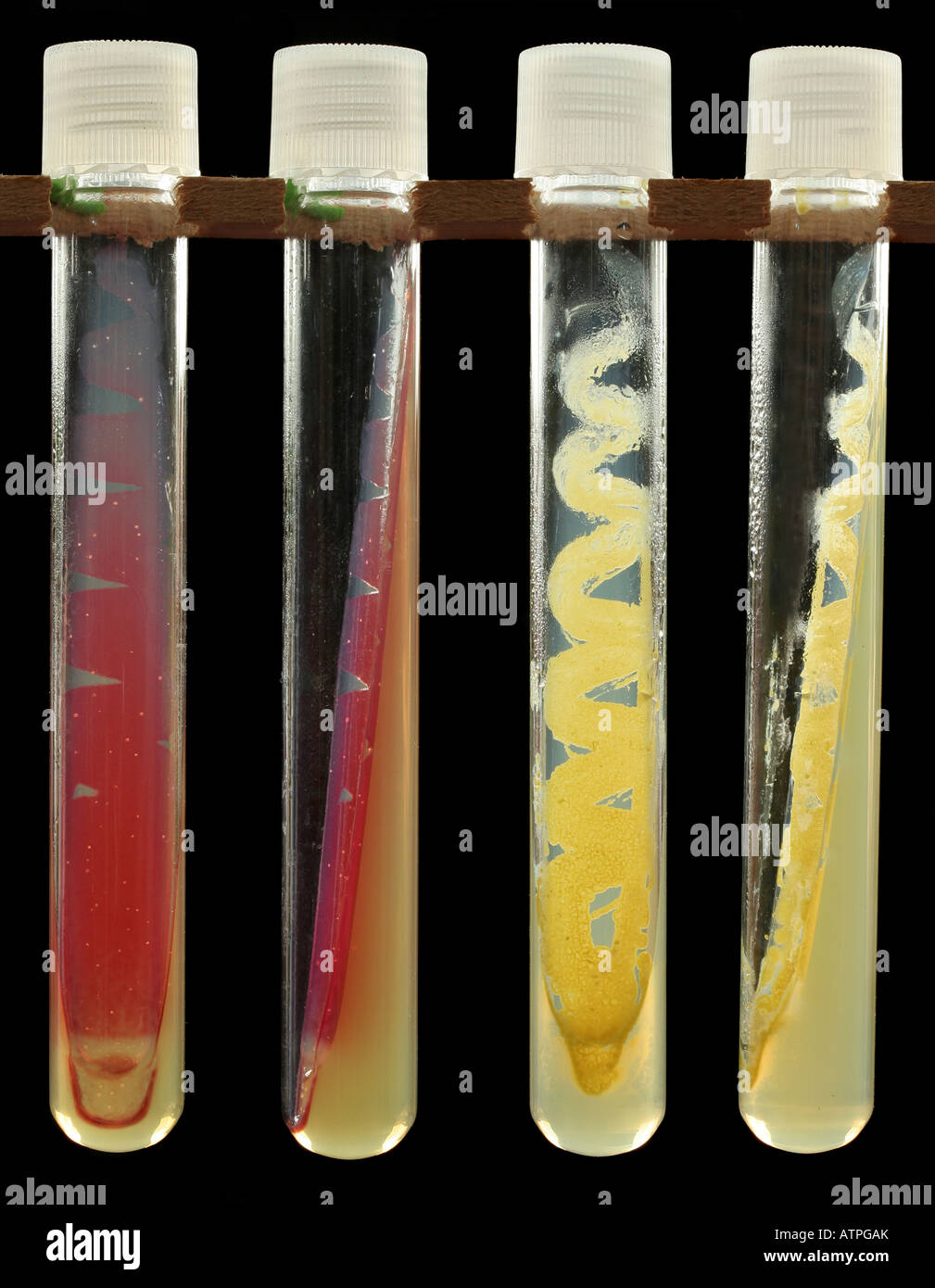
Agar Slant Tube Cultures Of Serratia Marcescens Left And Kocuria Rhizophila Micrococcus Luteus Right Stock Photo Alamy
Serratia Marcescens Biofilm Mvm University Of Pittsburgh

Serratia Marcescens Bacteria Sources Of Infection Risk Factors Treatment

Serratia Marcescens Bacteria Stock Illustration Illustration Of Hospitalaquired Intrahospital 111514247
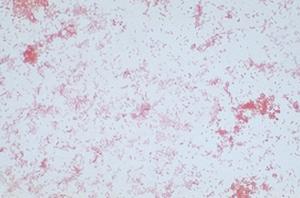
Ward S Live I Serratia Marcescens I D1 Culture Ward S Science
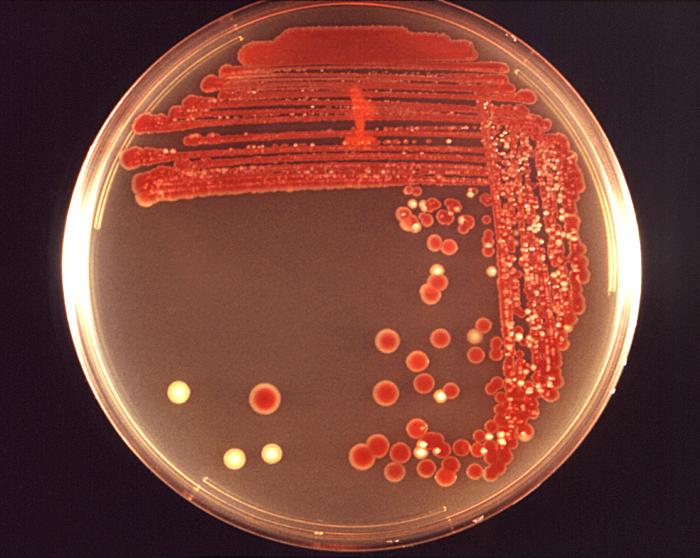
Details Public Health Image Library Phil
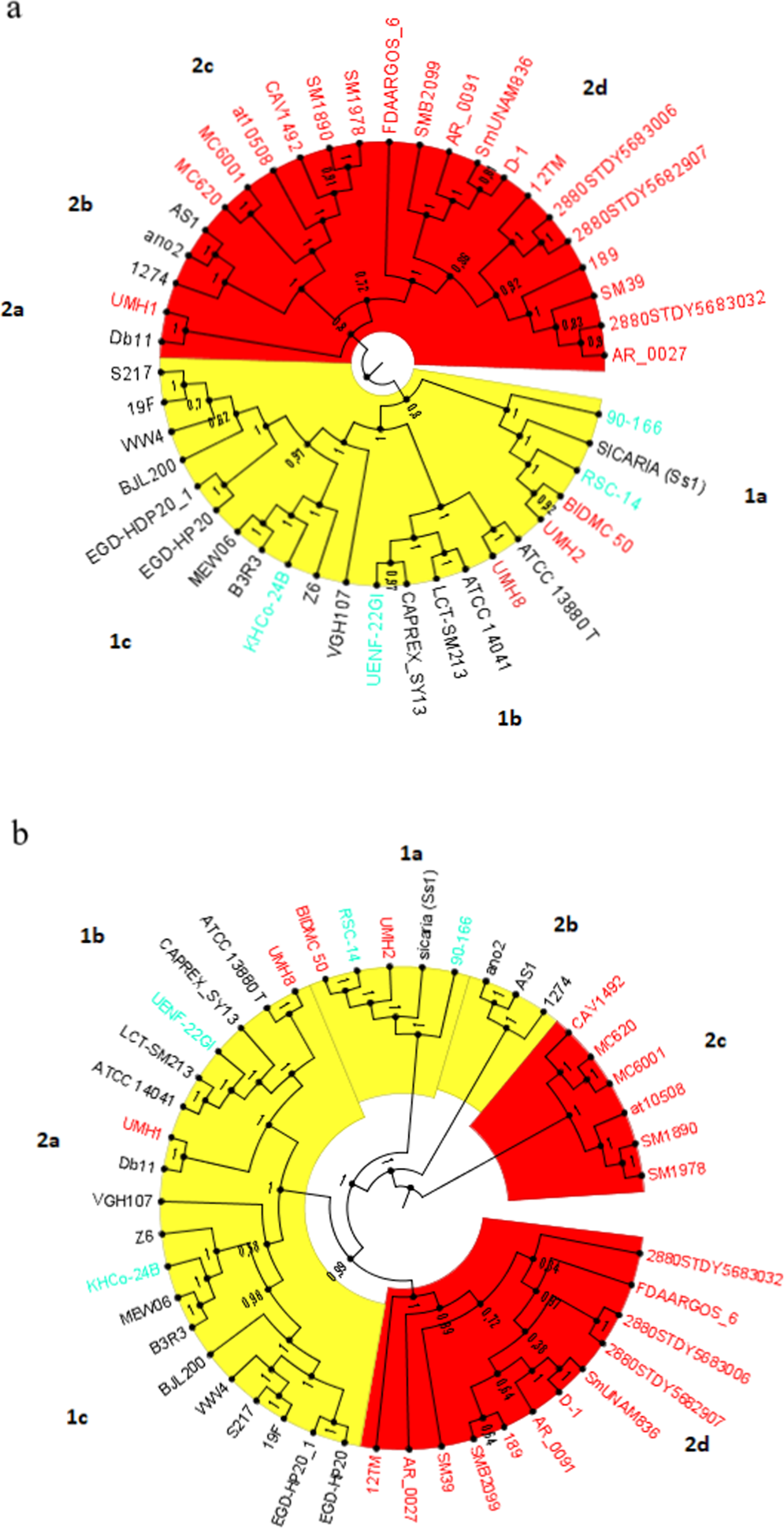
Pangenome Of Serratia Marcescens Strains From Nosocomial And Environmental Origins Reveals Different Populations And The Links Between Them Scientific Reports

S Marcescens Introduction Classification Pathogenecityl Lab Diagnosis
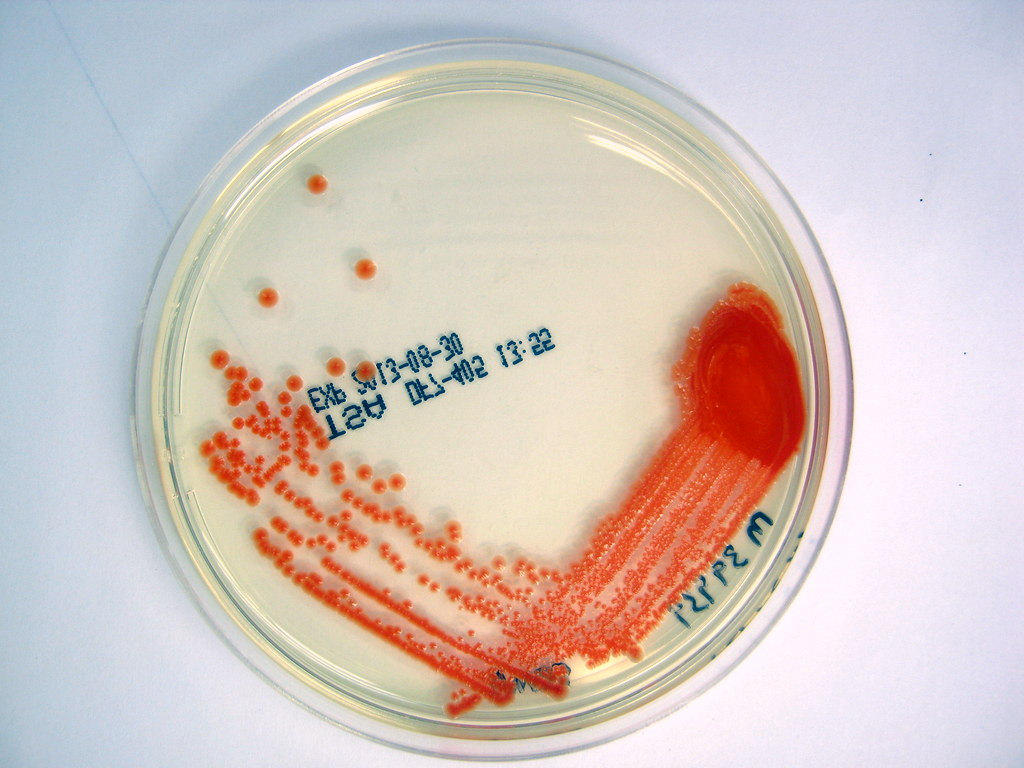
Why Won T This Pink Stuff Stop Growing In My Bathroom Kuow News And Information

5 Interesting Things About Serratia Marcescens

American Society For Microbiology Pic Of The Day Serratia Marcescens Serratia Marcescensgrown On Tsa For 48 Hrs At 37 Degree S C Then Held At Room Temp For 24 Hrs Serratia Marcescens

Pink Mold In Bathroom Everything About Serratia Marcescens
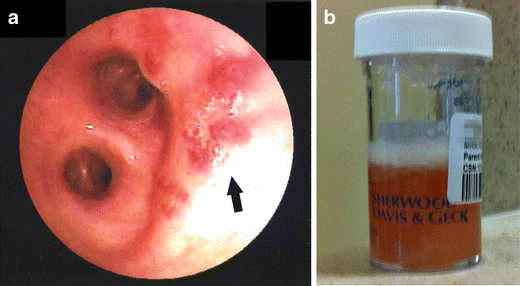
Pseudohemoptysis Due To Serratia Marcescens Springerlink
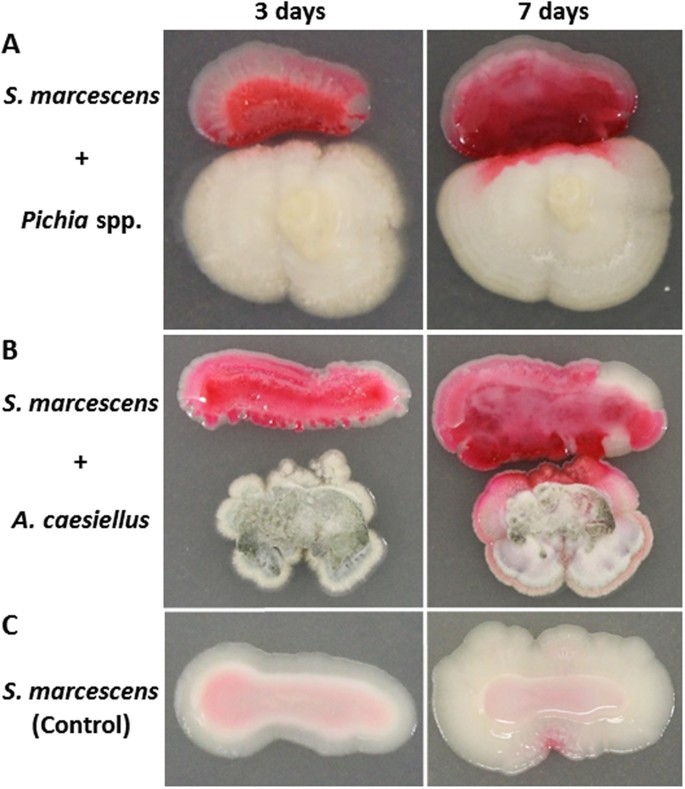
Spatial Temporal Profiling Of Prodiginines And Serratamolides Produced By Endophytic Serratia Marcescens Harbored In Maytenus Serrata Scientific Reports




